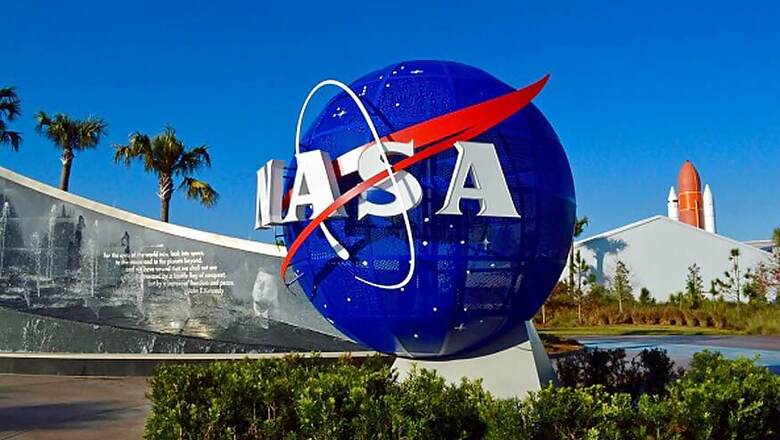
views
Washington: In what is billed as the largest intentionally lit blaze in space so far, NASA on Tuesday set off a fire aboard a space cargo ship as it orbited the Earth.
The experiment took place inside a special enclosure within the spacecraft that was about four feet long, 1.5 feet wide and three feet deep. Still, it was far bigger than what had previously been the largest space-based fire experiment, US News & World Report said in a report.
Understanding how fire spreads in a microgravity environment is critical to the safety of astronauts who live and work in space, NASA said.
And while NASA has conducted studies aboard the space shuttle and International Space Station, risks to the crew have forced these experiments to be limited in size and scope.
Fire safety will be a critical element as NASA progresses on the journey to Mars and begins to investigate deep space habitats for long duration missions.
The Spacecraft Fire Experiment (Saffire) is a three-part experiment that is being conducted over the course of three flights of American aerospace manufacturer Orbital ATK’s Cygnus vehicle to investigate large-scale flame spread and material flammability limits in long duration microgravity.
After releasing the capsule into the Earth orbit on Tuesday morning and ensuring it was a safe distance from the International Space Station, Saffire ground controllers operating from Dulles, Virginia, triggered the fire by remotely igniting a cotton and fiberglass material inside the Cygnus, using a hot wire.
The #Saffire experiment, designed to understand fire in microgravity, is now burning successfully. #NASAexplores pic.twitter.com/QJ5IZ9gpcF— NASA Glenn Research (@NASAglenn) June 14, 2016
"Saffire-I has been ignited inside the Orbital ATK Cygnus cargo spacecraft and telemetry indicates a burn of the cotton-fiberglass material blend," NASA said in a statement.
"The largest fire started in space is now burning successfully," it added.
After the experiment has been ignited, the Cygnus will continue to orbit the Earth for up to eight days as it transmits high-resolution imagery and data from the Saffire experiment.
#Saffire hardware worked as expected today. Researchers examine sensor data tonight and will share images tomorrow. pic.twitter.com/0sz5pvvoca— NASA Glenn Research (@NASAglenn) June 14, 2016
Following complete data transmission, the Cygnus spacecraft will complete its destructive entry into the Earth’s atmosphere, NASA said.
"A spacecraft fire is one of the greatest crew safety concerns for NASA and the international space exploration community," Saffire Project Manager Gary Ruff said.
The Saffire experiments were developed at NASA Glenn Research Center by the Spacecraft Fire Safety Demonstration Project.




















Comments
0 comment